Mac and tab primary phonics – Mac and Tab Phonics, an innovative approach to primary phonics, invites young learners into a captivating world of sound exploration. This engaging method empowers children to develop essential literacy skills, fostering a love for language and setting the foundation for future reading and writing success.
Through interactive activities and playful songs, Mac and Tab Phonics makes learning phonics a joyful and memorable experience. Children embark on a journey of discovery, unraveling the secrets of letter-sound relationships, phonemic awareness, and decoding strategies, all while having a blast.
Mac and Tab Phonics: Mac And Tab Primary Phonics
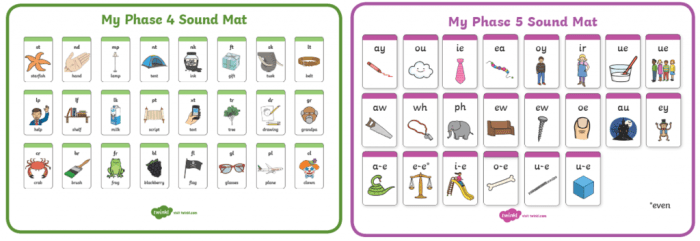
Mac and Tab phonics is a synthetic phonics approach that emphasizes the relationship between letters and sounds. It is based on the principle that all words can be broken down into a series of individual sounds, which can then be blended together to form words.
The Mac and Tab phonics program consists of a series of lessons that teach children the sounds of the letters of the alphabet. Children are then taught how to blend these sounds together to form words. The program also includes activities that help children develop their phonemic awareness and phonological processing skills.
Benefits of Mac and Tab Phonics
There are a number of benefits to using Mac and Tab phonics in early literacy instruction. These benefits include:
- Mac and Tab phonics is a systematic and explicit approach to phonics instruction. This means that it is taught in a logical and sequential way, and that children are given ample opportunity to practice what they have learned.
- Mac and Tab phonics is a multisensory approach to phonics instruction. This means that it engages children’s auditory, visual, and kinesthetic learning styles.
- Mac and Tab phonics is a fun and engaging approach to phonics instruction. Children enjoy learning about the sounds of letters and blending them together to form words.
Applications of Mac and Tab Phonics
Mac and Tab phonics can be used in a variety of early literacy settings, including:
- Preschool
- Kindergarten
- First grade
- Special education
- English language learners
Phonemic Awareness with Mac and Tab Phonics
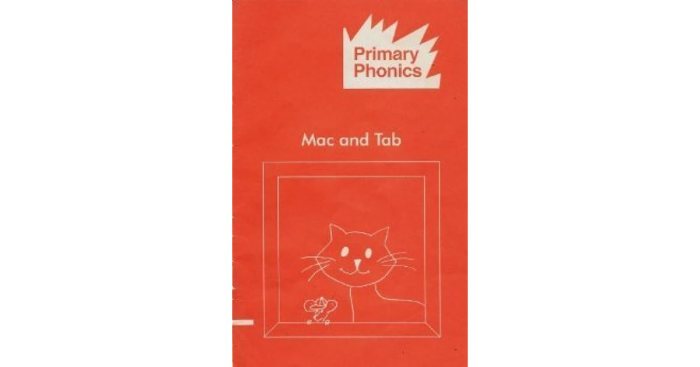
Mac and Tab phonics is an effective tool for developing phonemic awareness skills in children. By introducing letter-sound relationships through engaging activities and games, Mac and Tab phonics helps children identify and manipulate individual sounds in words.
Identifying Individual Sounds
One of the key aspects of phonemic awareness is the ability to identify individual sounds in words. Mac and Tab phonics uses various activities to help children develop this skill. For example, the “Sound Safari” game encourages children to listen for specific sounds in words and identify the corresponding letters.
Mac and Tab primary phonics is a method of teaching children to read and write by using a combination of letter sounds and letter names. It is a fun and effective way to learn to read and write, and it can be used with children of all ages.
The program is designed to help children learn the basics of phonics, including letter sounds, letter names, and blending sounds together to form words. The program also includes a variety of activities to help children practice their phonics skills, such as reading stories, playing games, and singing songs.
If you are looking for a fun and effective way to teach your child to read and write, Mac and Tab primary phonics is a great option. Nancy va a esas flores is another great resource for learning about phonics.
By repeatedly hearing and isolating sounds, children begin to recognize the different sounds that make up words.
Manipulating Sounds
In addition to identifying sounds, Mac and Tab phonics also helps children manipulate sounds in words. The “Sound Switch” activity, for instance, allows children to change the initial sound of a word to create new words. This activity fosters an understanding of how sounds can be altered to form different words, enhancing children’s phonemic awareness and sound manipulation skills.
Letter-Sound Correspondence with Mac and Tab Phonics
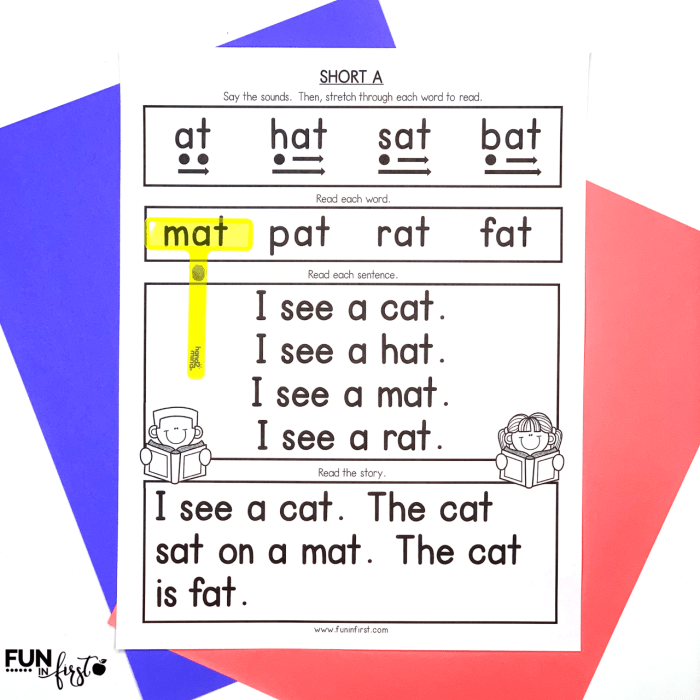
Mac and Tab Phonics is an engaging and effective program that helps children learn letter-sound correspondence. Through interactive songs, games, and activities, Mac and Tab make learning fun and meaningful for young learners.
One of the key components of Mac and Tab Phonics is its systematic approach to teaching letter-sound correspondence. The program introduces letters in a logical sequence, starting with the most common sounds and gradually progressing to more complex ones.
Strategies for Teaching Letter-Sound Correspondence with Mac and Tab Phonics
- Use songs and chants:Mac and Tab Phonics incorporates catchy songs and chants that help children remember letter sounds. These songs are not only fun to sing but also reinforce letter-sound relationships.
- Play games:Games are an excellent way to practice letter-sound correspondence. Mac and Tab Phonics offers a variety of games that help children identify and match letters with their sounds.
- Read books:Reading books with Mac and Tab is a great way to expose children to letter-sound correspondence in context. The stories in these books are designed to be engaging and help children develop their reading skills.
Role of Mac and Tab Phonics in Helping Children Make Connections Between Letters and Sounds, Mac and tab primary phonics
Mac and Tab Phonics plays a crucial role in helping children make connections between letters and the sounds they represent. The program’s multi-sensory approach engages children’s auditory, visual, and kinesthetic senses, which helps them to learn and remember letter-sound relationships more effectively.
By using Mac and Tab Phonics, children can develop a strong foundation in letter-sound correspondence, which is essential for reading success.
Decoding and Spelling with Mac and Tab Phonics
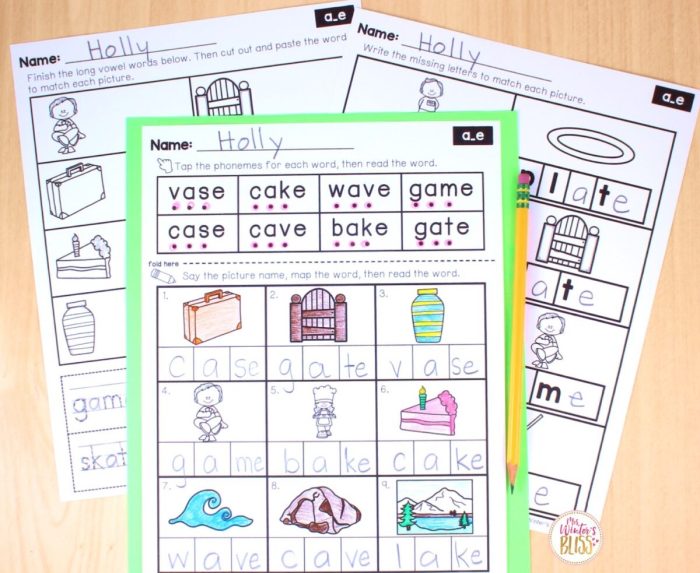
Mac and Tab phonics is a systematic and explicit phonics program that can be used to support decoding and spelling skills in children. It teaches children the relationship between letters and sounds, and provides them with strategies for decoding unfamiliar words and spelling words correctly.
One of the key features of Mac and Tab phonics is its emphasis on phonemic awareness. Phonemic awareness is the ability to hear and manipulate the individual sounds in words. This is an essential skill for both decoding and spelling, as it allows children to identify the sounds that make up words and to spell words correctly.
Decoding with Mac and Tab Phonics
Mac and Tab phonics teaches children to decode words by blending the individual sounds together. Children first learn to identify the individual sounds in a word, and then they blend the sounds together to pronounce the word. This process is called blending.
For example, to decode the word “cat,” a child would first identify the individual sounds /c/, /a/, and /t/. Then, they would blend the sounds together to pronounce the word “cat.”
Spelling with Mac and Tab Phonics
Mac and Tab phonics also teaches children to spell words by segmenting the word into its individual sounds. Children first listen to the word and identify the individual sounds. Then, they write down the letters that represent those sounds.
For example, to spell the word “cat,” a child would first listen to the word and identify the individual sounds /c/, /a/, and /t/. Then, they would write down the letters “c,” “a,” and “t” to spell the word “cat.”
Classroom Implementation of Mac and Tab Phonics
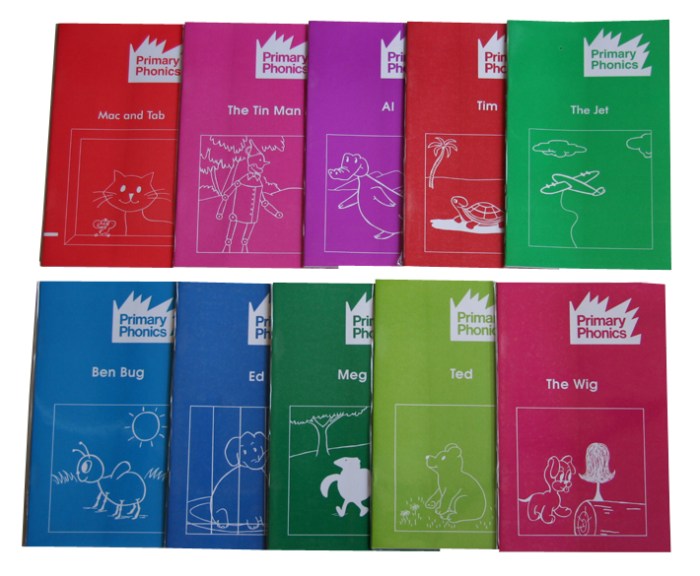
Mac and Tab Phonics is a systematic and explicit phonics program that helps students develop phonemic awareness, letter-sound correspondence, decoding, and spelling skills. It is a highly effective program that can be easily implemented in the classroom.
The following steps can be taken to implement Mac and Tab Phonics in the classroom:
Steps for Implementing Mac and Tab Phonics in the Classroom
- Introduce the program to students.Explain the purpose of the program and how it will help them learn to read and write.
- Start with the basics.Begin by teaching students the basic phonemes (sounds) and graphemes (letters) of the English language.
- Use a variety of activities to teach phonics skills.This can include games, songs, and hands-on activities.
- Provide plenty of opportunities for students to practice their phonics skills.This can be done through reading, writing, and spelling activities.
- Monitor student progress and make adjustments as needed.This will help ensure that all students are making progress and that the program is being implemented effectively.
Here are some additional tips for effective implementation of Mac and Tab Phonics:
- Be consistent.Use the program regularly and consistently to ensure that students are making progress.
- Be patient.It takes time for students to learn phonics skills. Don’t get discouraged if students don’t progress as quickly as you would like.
- Be positive.Make learning phonics fun and engaging. This will help students stay motivated and make progress.
- Seek professional development.There are many resources available to help teachers learn more about Mac and Tab Phonics and how to implement it effectively in the classroom.
Assessment and Evaluation of Mac and Tab Phonics
Mac and Tab Phonics is an effective program for teaching phonics. It is important to assess student progress in Mac and Tab phonics to ensure that they are learning and to identify any areas where they need additional support.
There are a number of methods that can be used to assess student progress in Mac and Tab phonics. These include:
- Informal assessments:These assessments can be conducted on a regular basis to monitor student progress. They can include activities such as having students read aloud, spell words, and identify sounds in words.
- Formal assessments:These assessments are typically given at the end of a unit or program to measure student achievement. They can include standardized tests or teacher-created assessments.
In addition to assessing student progress, it is also important to evaluate the effectiveness of Mac and Tab phonics. This can be done by collecting data on student achievement, as well as by observing student behavior and engagement in the program.
Student Achievement
One way to evaluate the effectiveness of Mac and Tab phonics is to collect data on student achievement. This data can include scores on standardized tests, as well as teacher-created assessments. By comparing student achievement data before and after implementing Mac and Tab phonics, it is possible to determine whether the program is having a positive impact on student learning.
Student Behavior and Engagement
Another way to evaluate the effectiveness of Mac and Tab phonics is to observe student behavior and engagement in the program. Students who are engaged in the program are more likely to learn and retain the information they are taught.
By observing student behavior and engagement, it is possible to identify areas where the program can be improved to make it more engaging and effective.
Question & Answer Hub
What is the key principle behind Mac and Tab Phonics?
Mac and Tab Phonics emphasizes the importance of phonemic awareness, the ability to identify and manipulate individual sounds in words.
How does Mac and Tab Phonics help with letter-sound correspondence?
Through engaging activities and songs, Mac and Tab Phonics helps children make meaningful connections between letters and the sounds they represent.
What are the benefits of using Mac and Tab Phonics in the classroom?
Mac and Tab Phonics fosters a love for language, improves phonemic awareness, enhances letter-sound correspondence, and supports decoding and spelling skills.